This epic event showed families the connection between slime and storytime
We caught up with our friend and partner Adriene Hobdy, Ed.D. at her Storytime & S.T.E.M. event held at Grace Baptist Church in Germantown. She’s the proud mom of child author John Xavier, a lover of all things science, and an awardee of the Neighborhood Literacy Fund. Lucky for us, she shared details about making her event and dropped some sage advice for community literary advocates everywhere.
What kind of fun did families have at Storytime & S.T.E.M?
Storytime & STEM was a chance for families to get their hands dirty and explore what STEM is all about.
We had three stations. First up, was the slime table—always a crowd favorite with the kids. At station two, kids got to create a nano hoverboard. They rigged together plastic CDs, water bottle tops, and balloons and watched them fly. There, they learned about aerodynamics and design. The third station, Balloon Blow Up, was all about chemical reactions. Kids used a mixture of vinegar and baking soda to blow up a balloon. And since we also breathe out carbon dioxide, it was a chance to learn a little bit about the body too.
Families entered a raffle to win science-themed prizes, shared food with friends, and took home resources and free books.
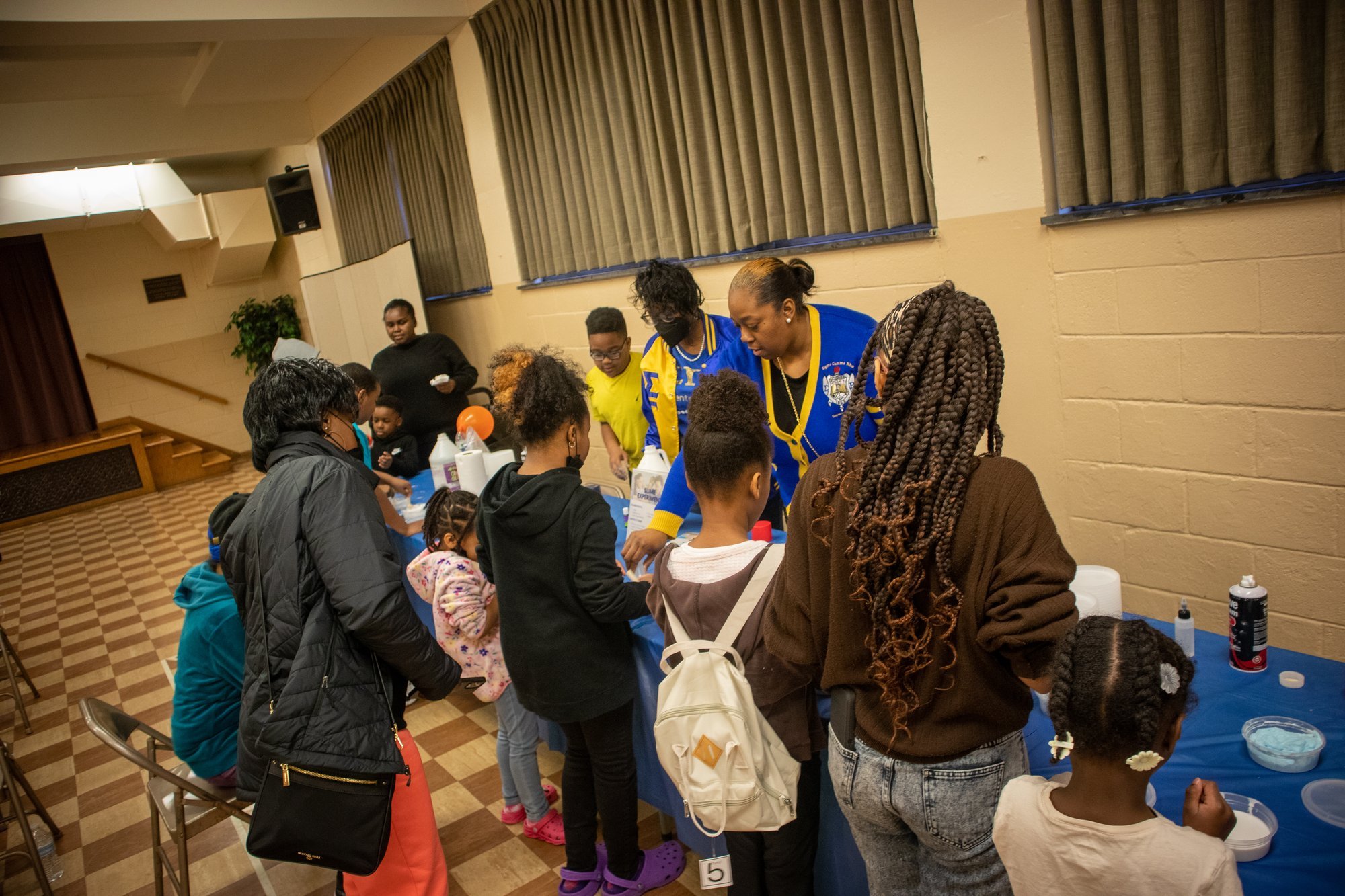

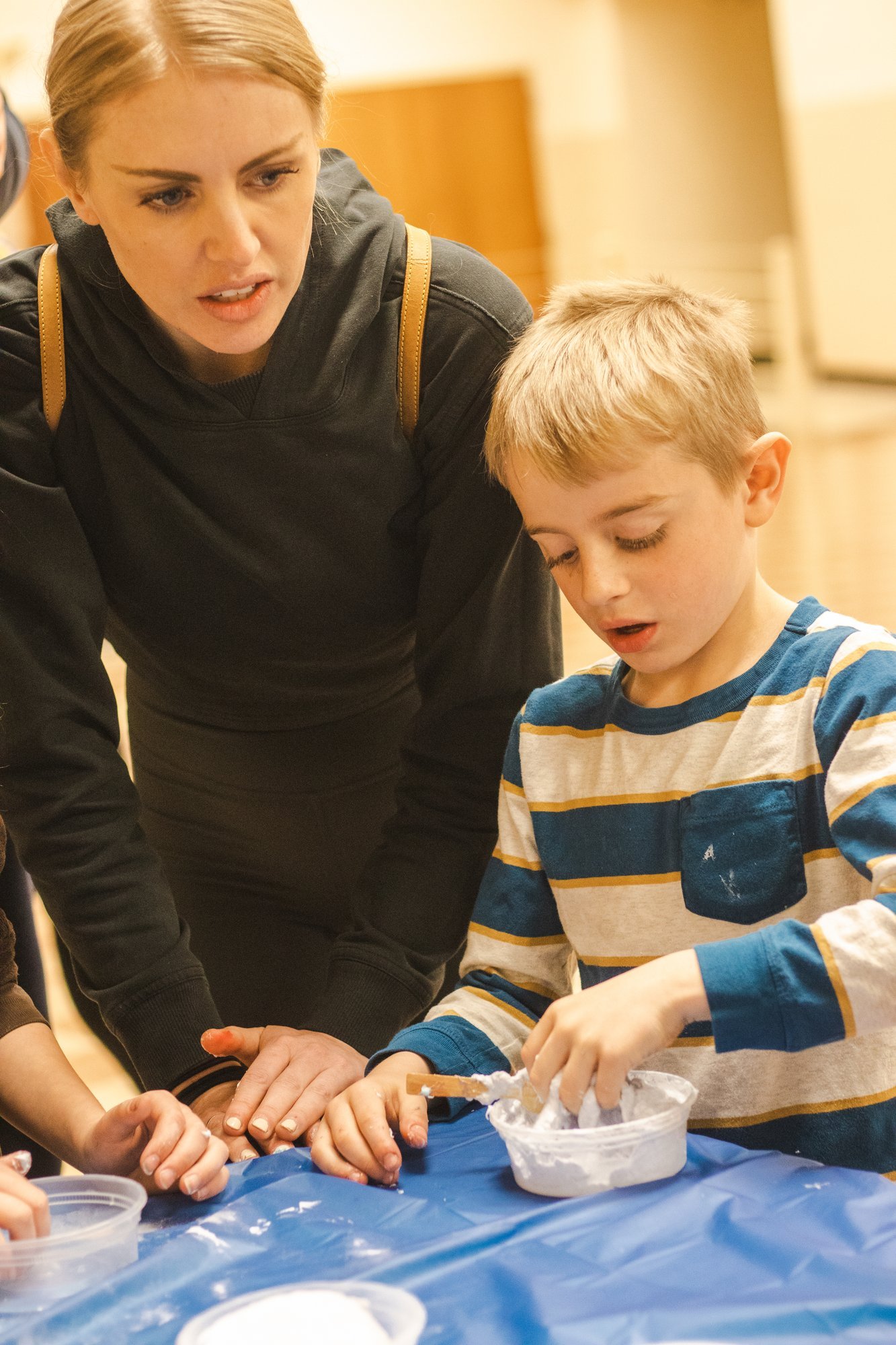
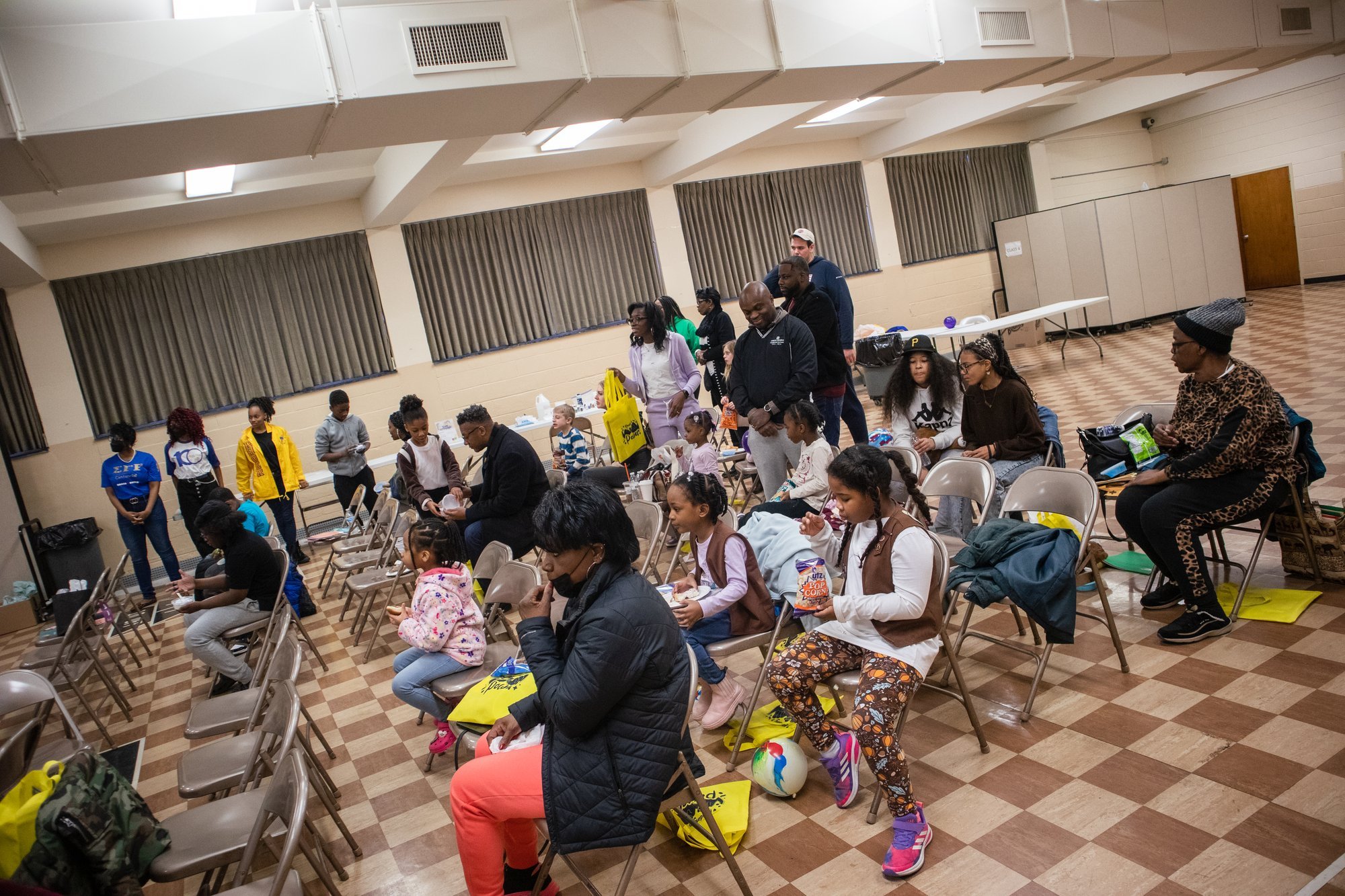
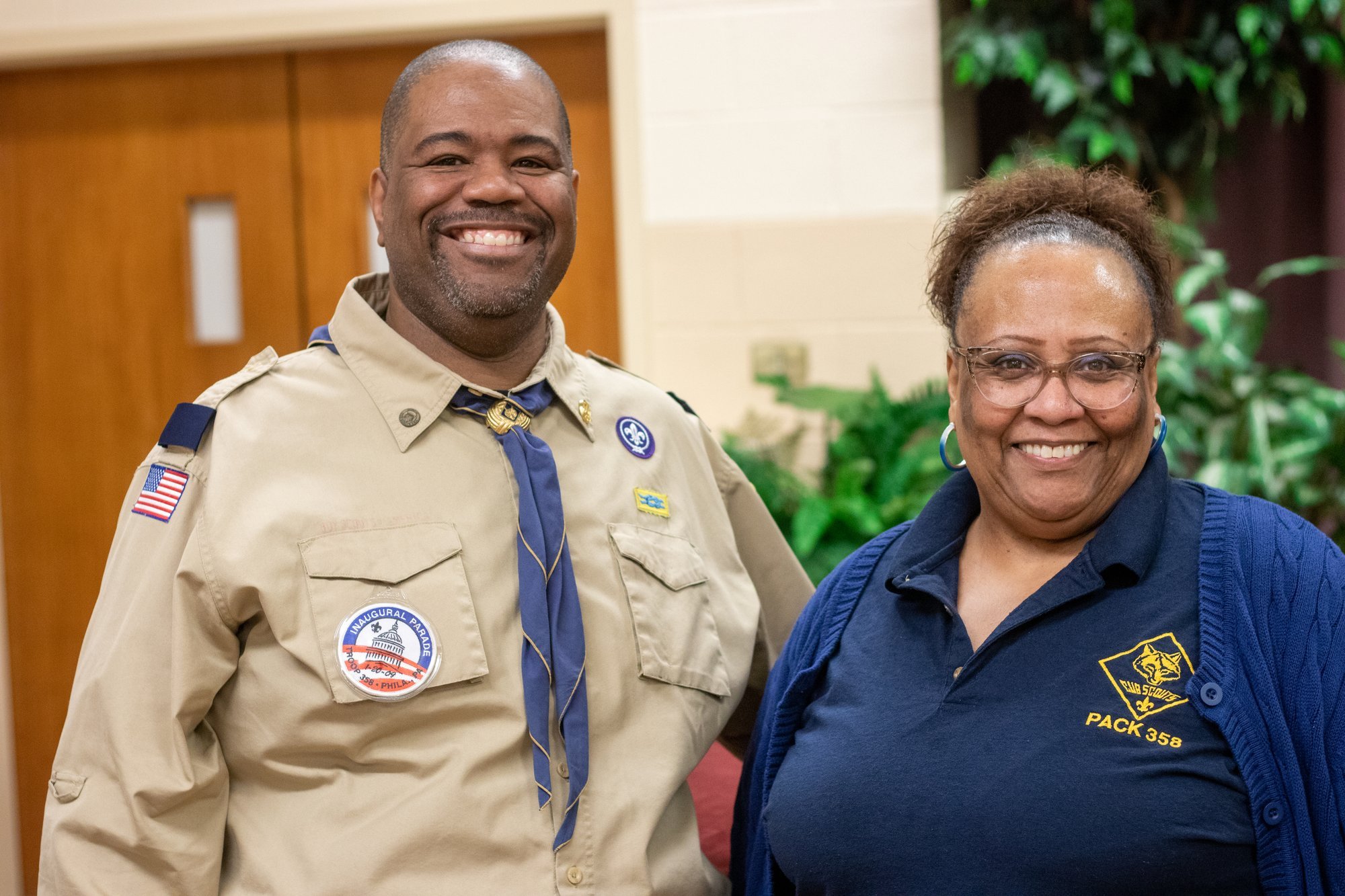
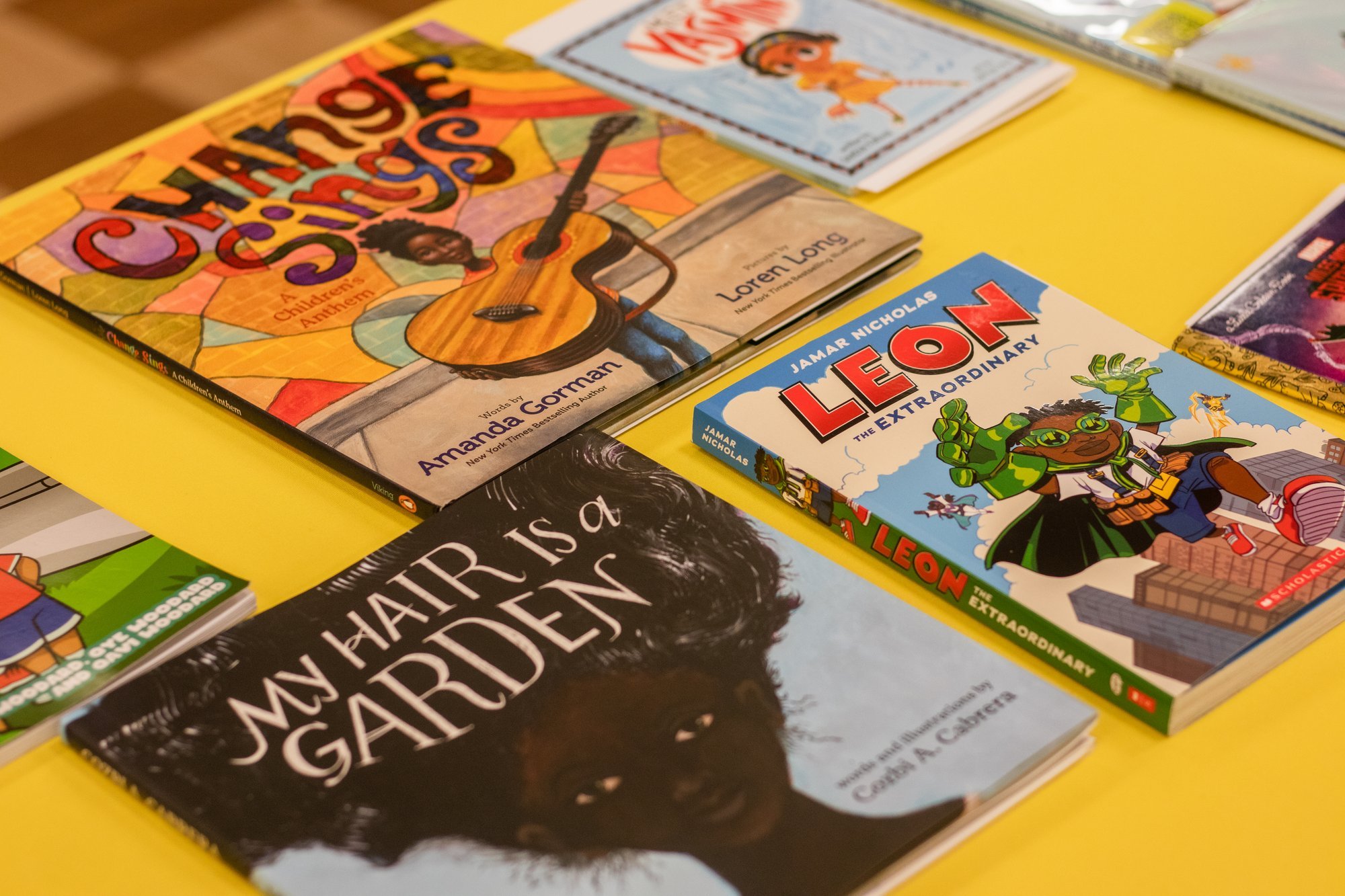
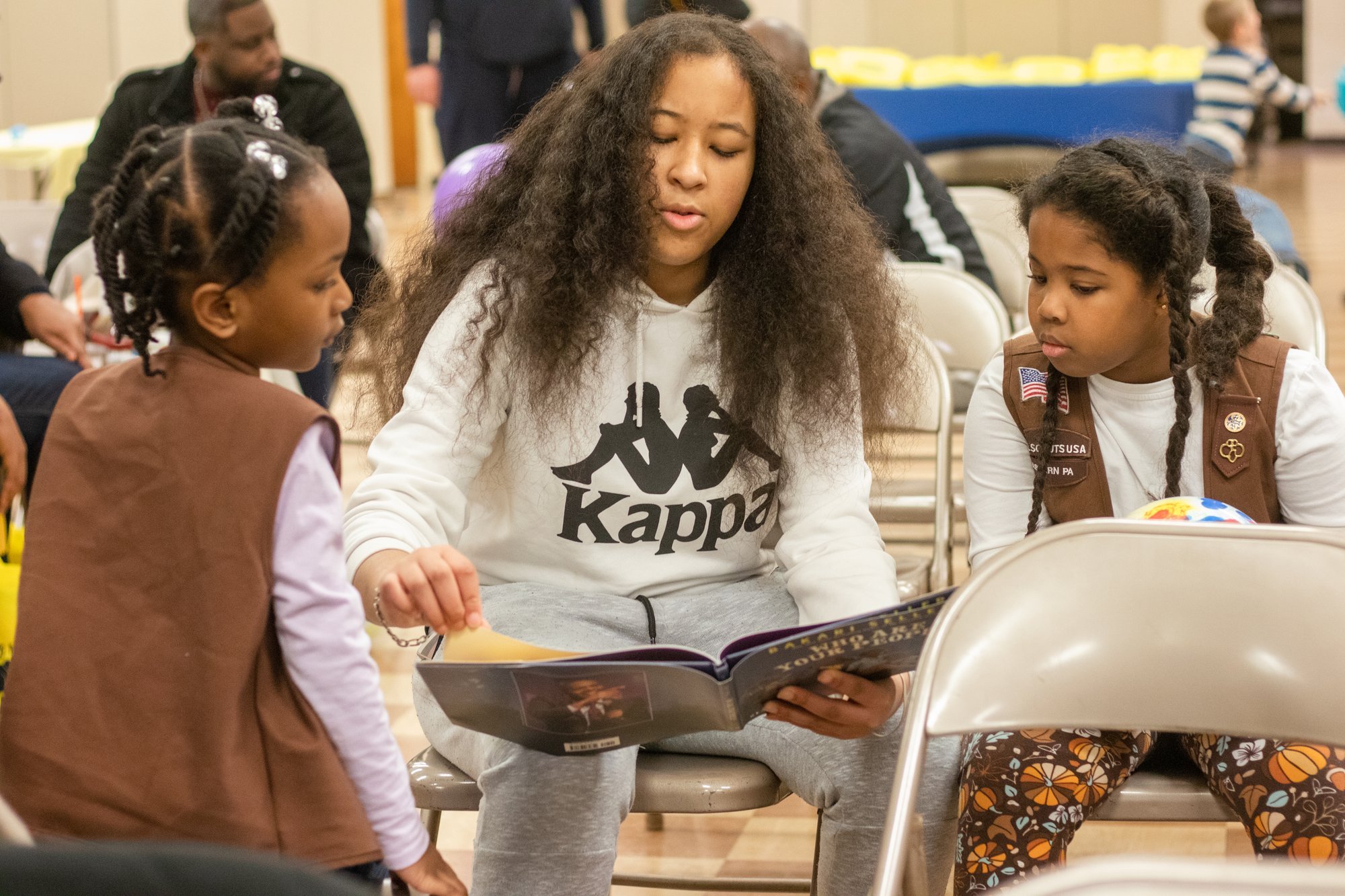
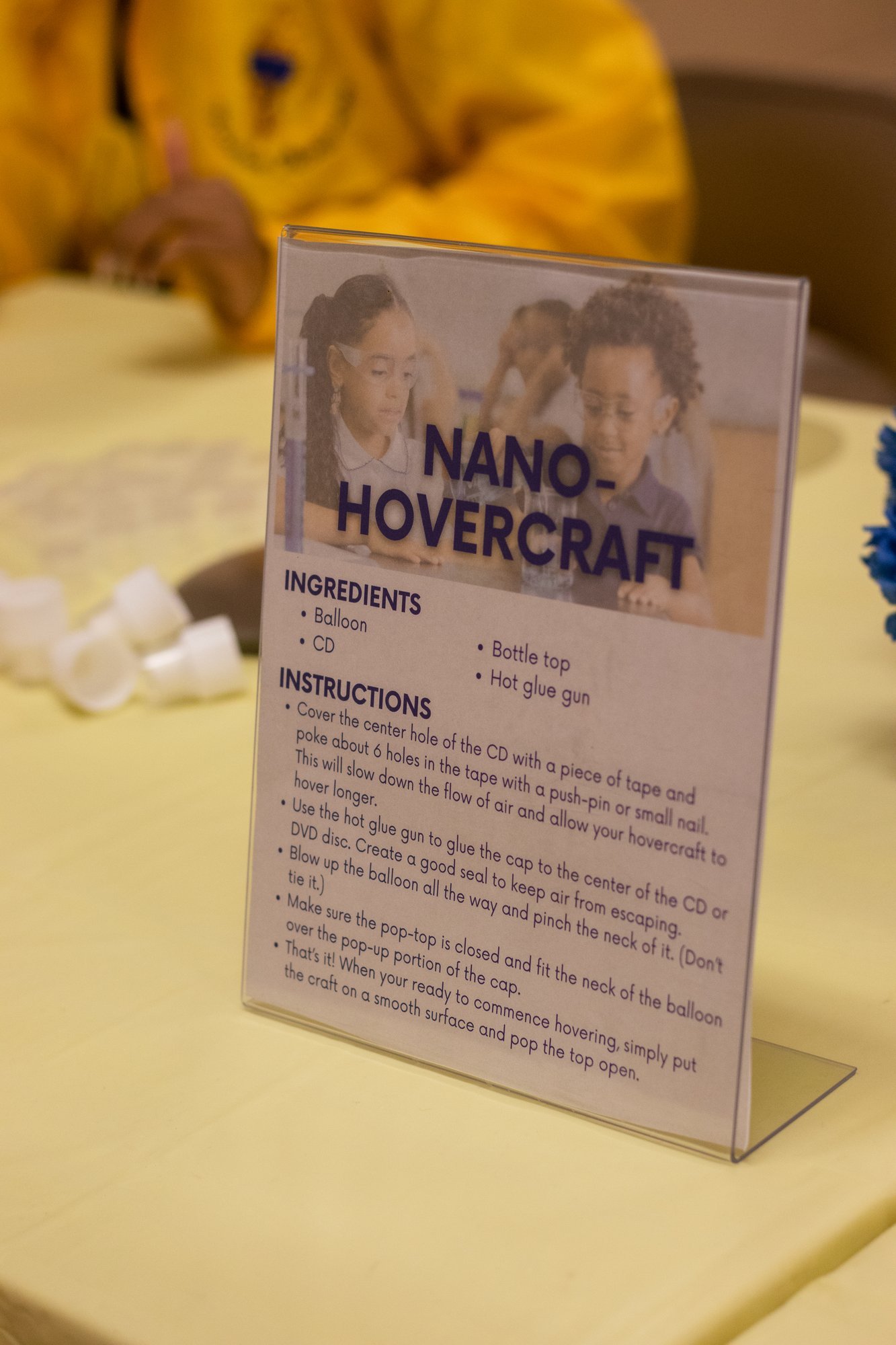
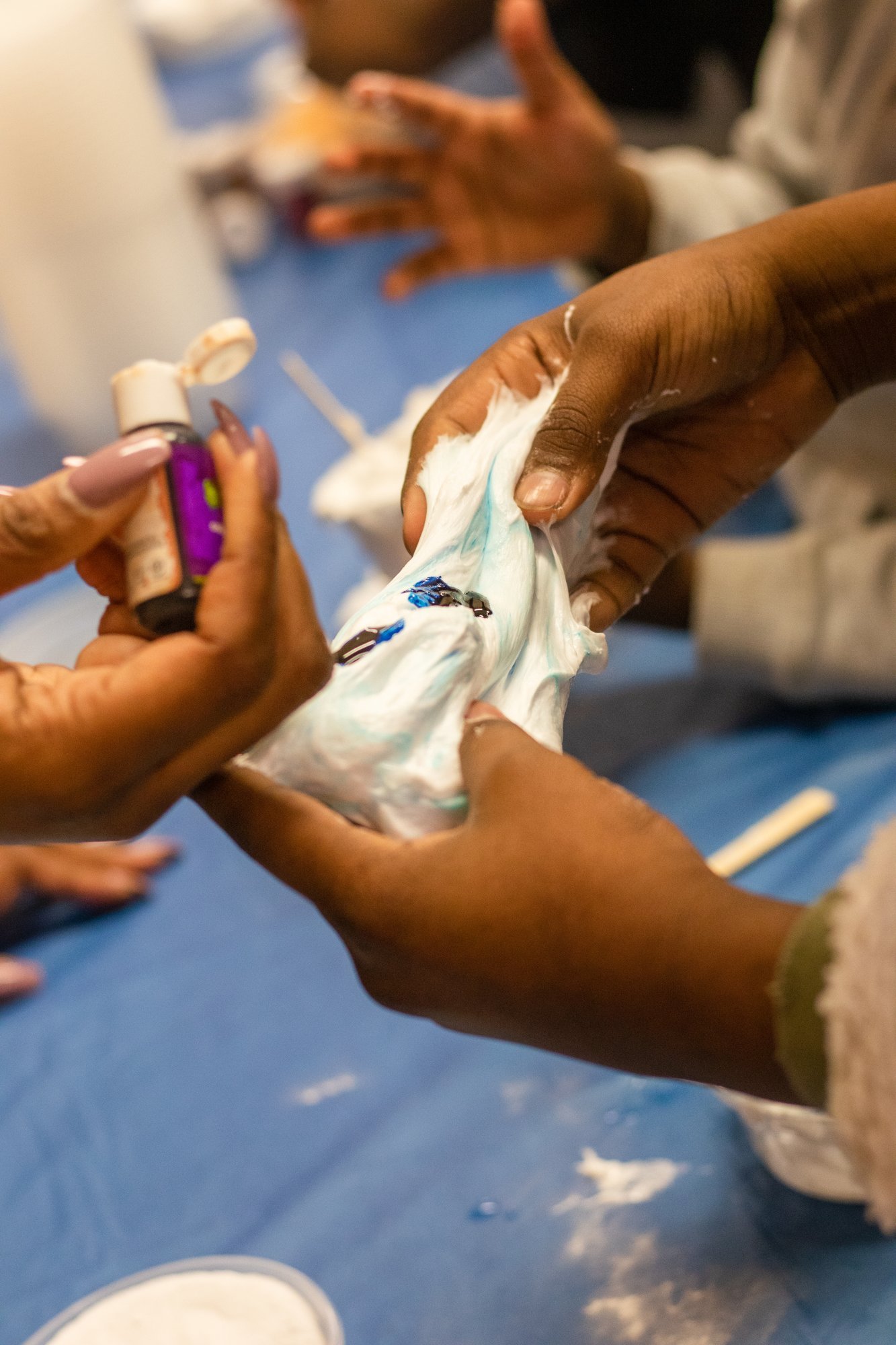
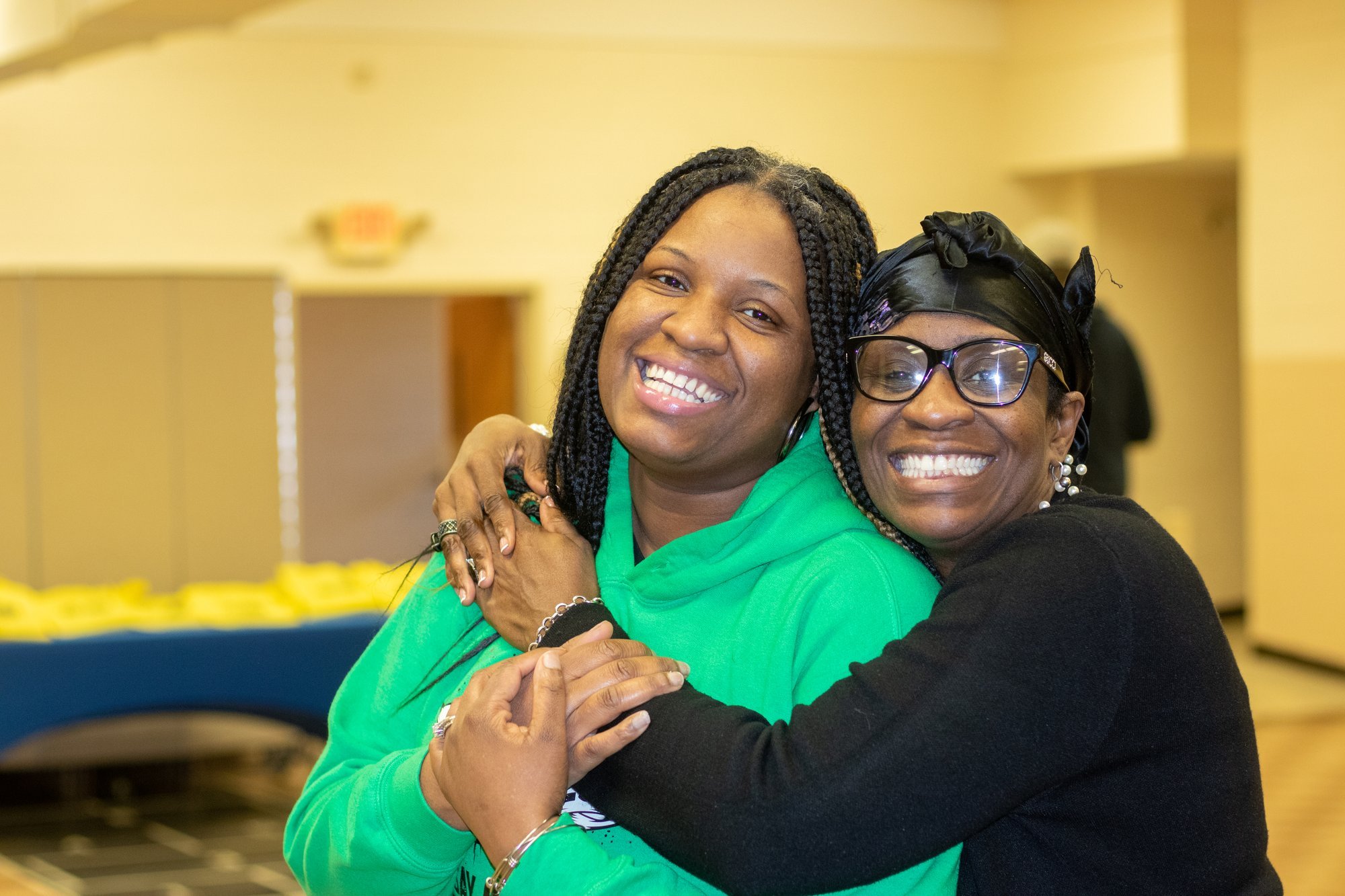
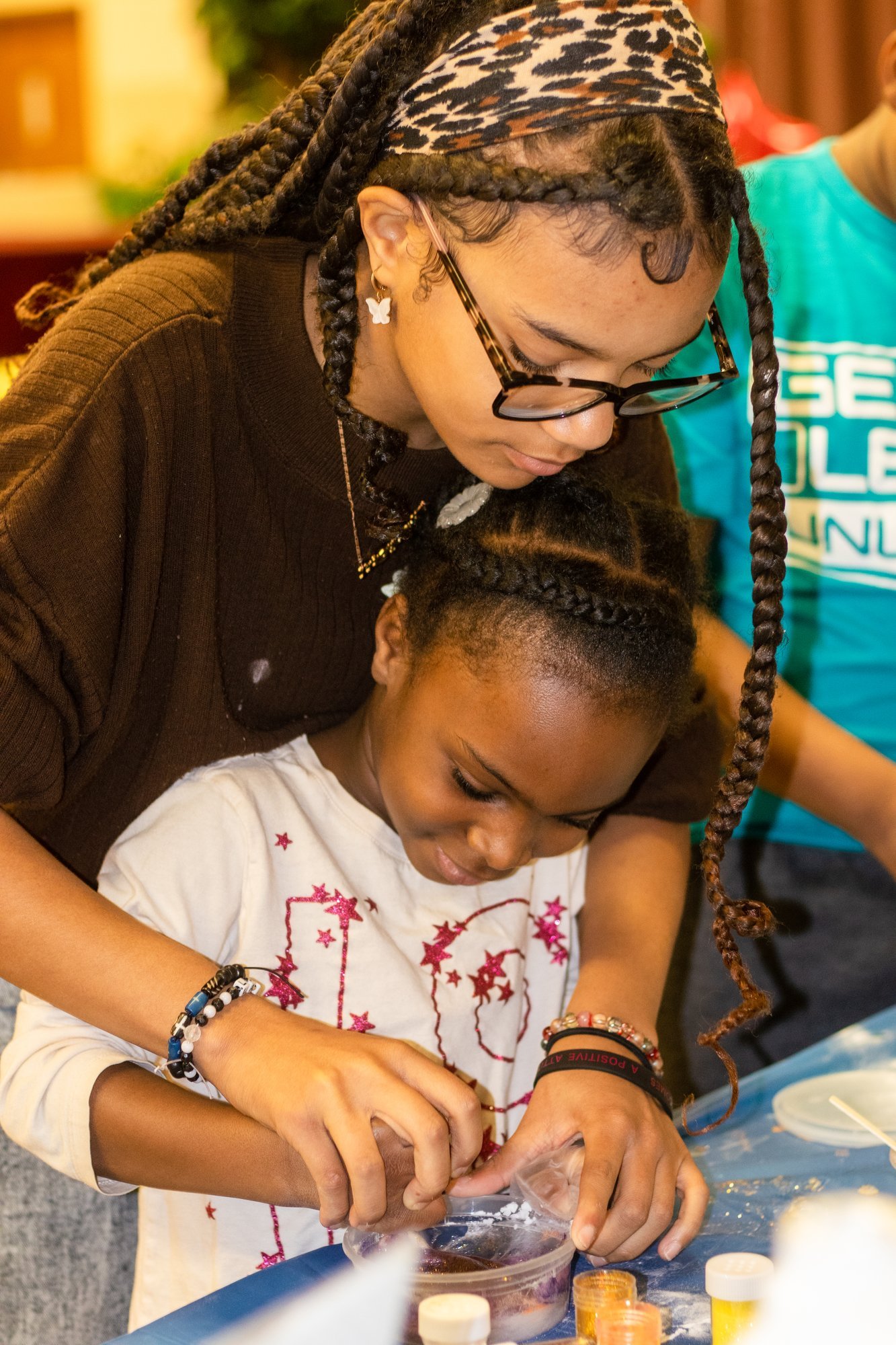

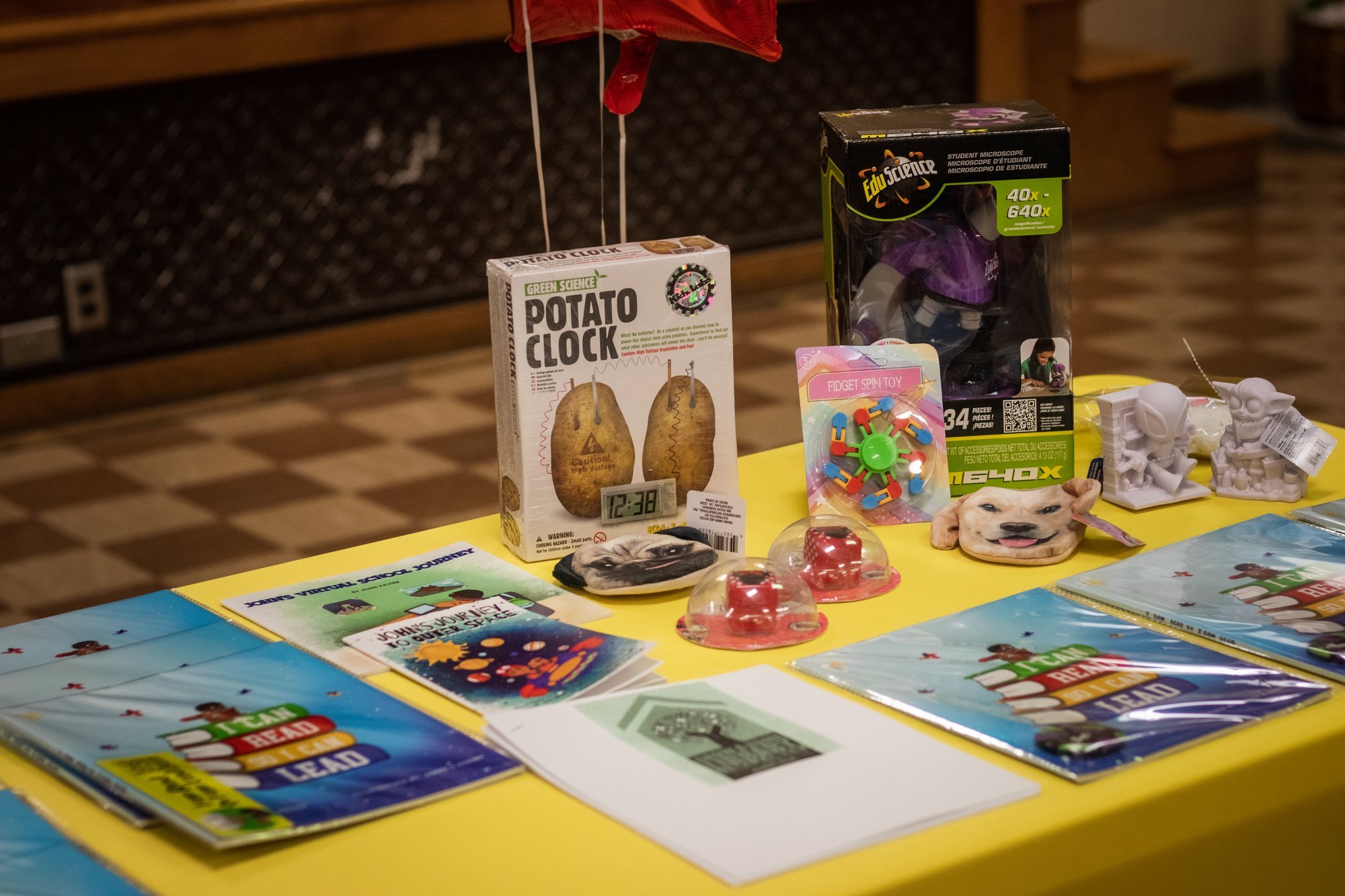
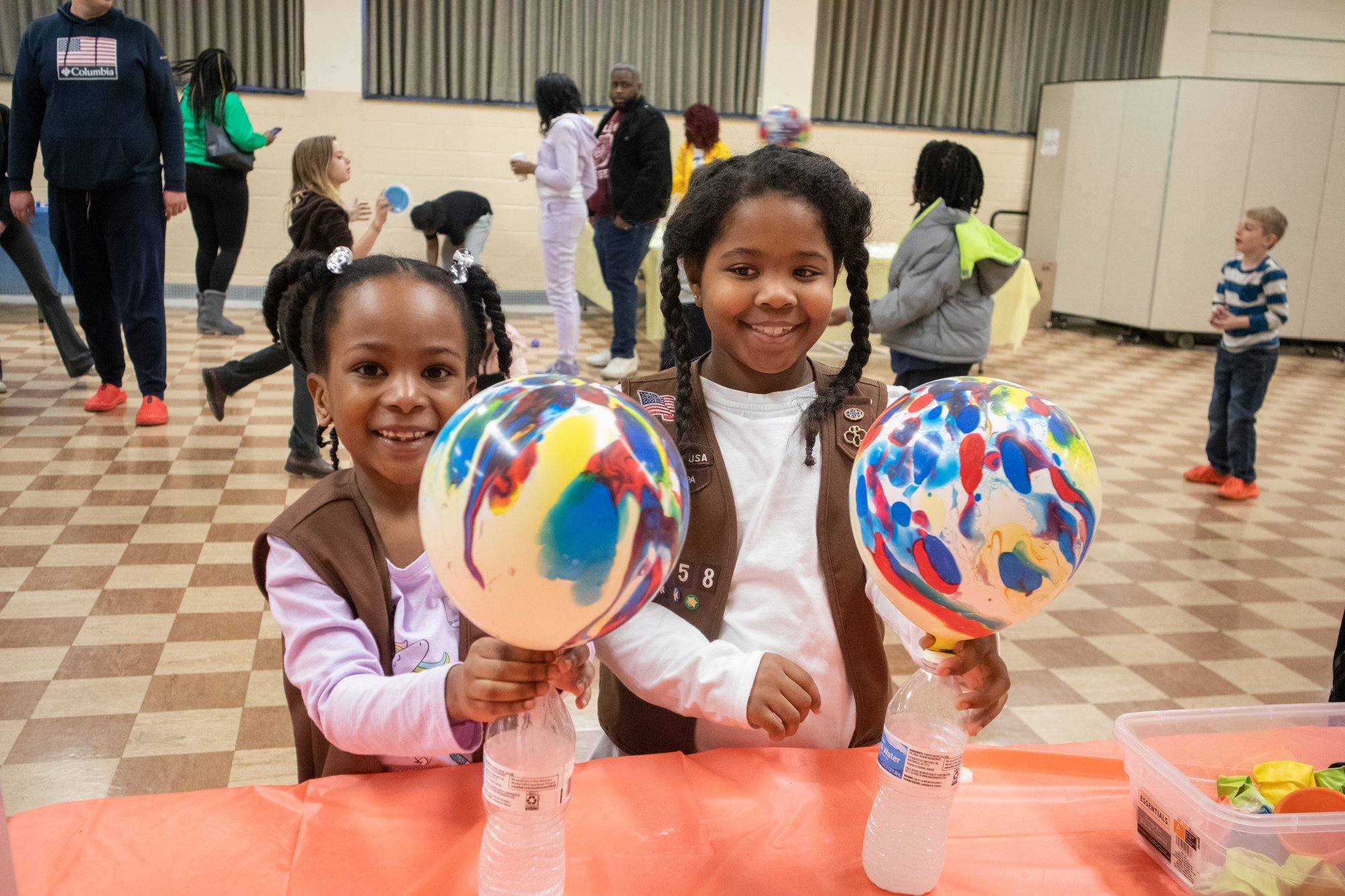
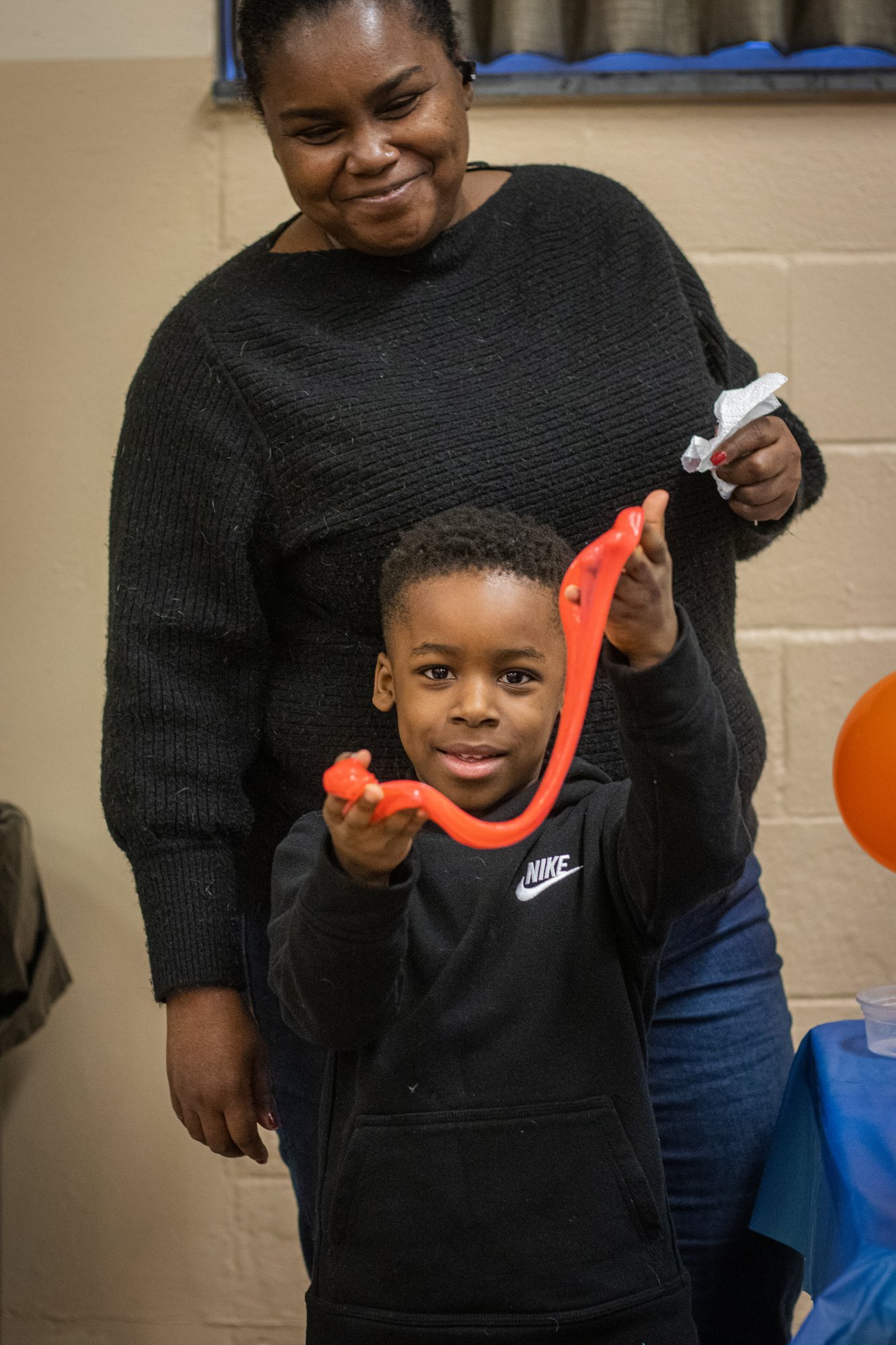
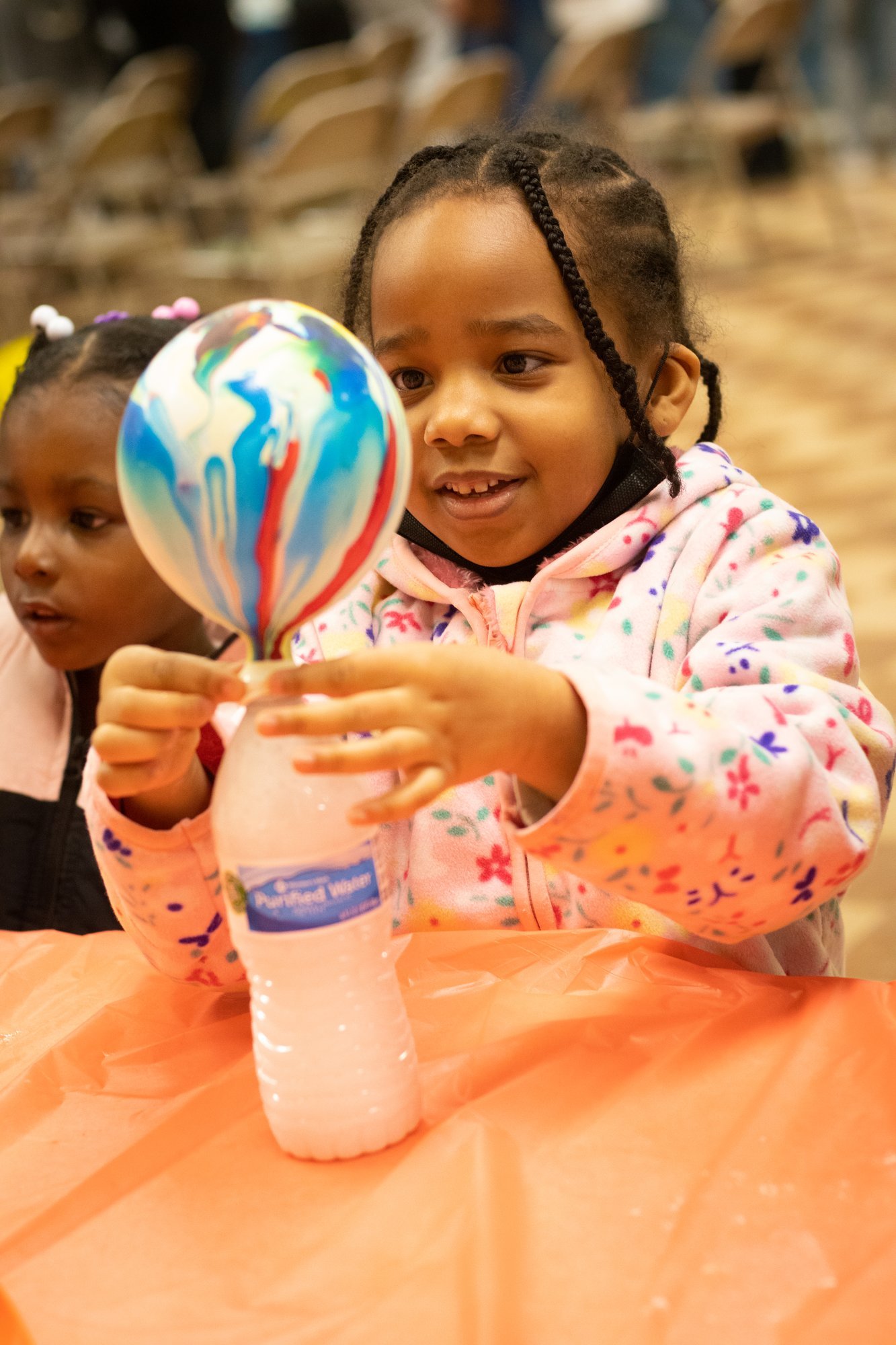
How is S.T.E.M. connected to early literacy?
When I heard about the Neighborhood Literacy Fund I knew I didn't want to take the linear approach to literacy. I wanted to show kids that literacy is all around us. That in everything we do, we have an opportunity to learn new words and read. The same thing with STEM—science, technology, engineering, and mathematics. Kids have to read instructions and ingredients, follow directions, and comprehend what they're learning in order to do experiments.
Exothermic, inflate, prediction, reaction, aerodynamic—these are just a few of the words the kids got to learn. And not just with flashcards, but with hands-on experiences with their families.
What was it like applying to the Neighborhood Literacy Fund?
The Neighborhood Literacy Fund application was pretty straightforward. I won't say it's an easy process, you have to be thoughtful. You know, really think through what you want to do and then map out how you’re going to get there. How much will your project cost? How are you going to get participants there? Who are you going to partner with? And how can you leverage your community relationships?
You have to step back and think of creative ways to expose the community to literacy. For me, that meant leaning into my STEM skills. But it’s all about tapping into your talents and knowing your community well enough to know what gets them excited.
Why is it important to involve the community in designing solutions to the literacy crisis?
Community members know their community best. They know the areas of greatest need. They know where and how they can leverage strong partnerships. And how to best reach families.
I could’ve hosted Storytime & STEM in another neighborhood and it might not have landed the same way because the needs and interests could be very different. I wouldn’t have had the relationships. That’s why I’m so thankful to all the partners: Grace Baptist Church, Sigma Gamma Rho Sorority Incorporated, the Cub Scouts, Vanguard Strong Start for Kids, the Free Library, and Read by 4th. Because without them, none of this would have been possible.
From the planning process to execution, it's important to continue to work with community literacy advocates as supporters, planning partners, and as leaders.
Want to help young readers in your community?
The Neighborhood Literacy Fund awards up to $2000
for projects that support early literacy in Philadelphia.

